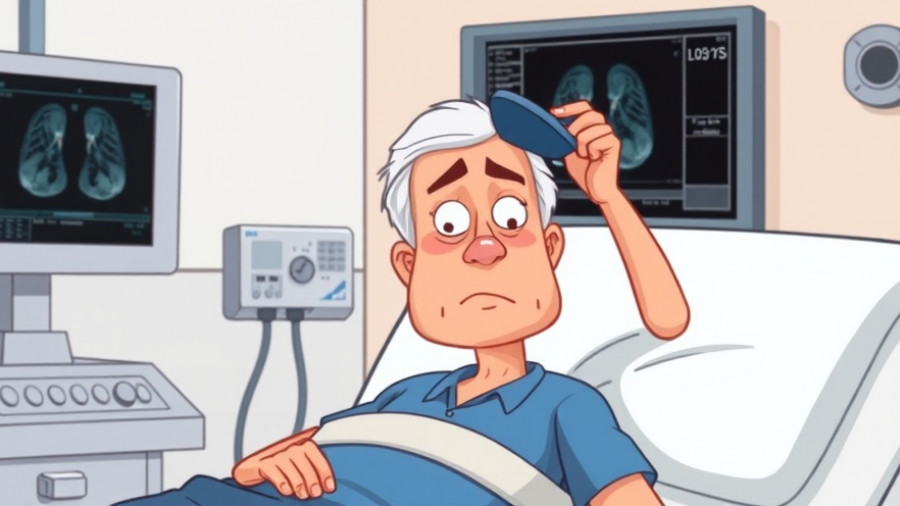
The Growing Crisis: Addiction in Community Spaces
St. Mary’s Park in the Bronx stands as a cherished gathering spot, a location where families create memories and children play. However, in recent years, this park has become an unsettling reflection of a broader issue: the escalating drug crisis that cities across the nation are grappling with. From prescription drug abuse to struggles with opioid addiction, families are witnessing a disheartening reality that impacts their children and community.
Understanding the Drug Crisis in the Bronx
The visible presence of substance abuse in St. Mary’s Park is a stark reminder of the challenges facing neighborhoods in the Bronx. Open air drug use is revealed as not just a public health issue, but a complex social crisis fueled by addiction. Many young people, often looking for an escape from life’s difficulties, are lured into substance use, finding it hard to break free due to powerful biological and social factors. Understanding these layers is crucial for parents navigating this turbulent landscape.
The Role of Family in Substance Abuse Prevention
As parents, fostering an environment of open communication around topics like addiction is vital. Creating a safe space encourages children to talk about their feelings and experiences. Engaging children in conversations about the dangers of drugs and providing education on healthy lifestyle choices can significantly reduce their likelihood of experimenting with substances. Recognizing the signs of substance abuse, such as changes in behavior or mood, can empower families to intervene early.
Resources for Parents: Navigating Treatment Options
In the face of addiction, knowing where to seek help can be overwhelming. Fortunately, there are numerous resources available for parents and their children. From inpatient rehab and outpatient treatment options to addiction counseling and recovery programs, a wealth of support exists to guide families through the healing process. Programs like Alcoholics Anonymous and SMART Recovery offer both community and structure for those struggling with addiction.
Strategies for Effective Intervention
Intervention services are critical for families grappling with a loved one’s addiction. Engaging in intervention prepared by specialists can lead to better outcomes, ensuring that the individual receives the appropriate level of care tailored to their unique needs. Parents can also explore dual diagnosis treatment, which addresses co-occurring disorders and substance use, enhancing the efficacy of the recovery journey.
Hope and Resilience: Stories of Recovery
Stories of resilience can inspire families facing the devastating impacts of addiction. For instance, individuals who have undergone treatment often share transformative experiences of healing and growth. By highlighting successful recoveries through addiction recovery programs and therapy, parents can instill hope and motivation for their loved ones in the throes of addiction.
Incorporating Community Support
Communities play a vital role in combating substance abuse. Initiatives promoting holistic addiction treatment, including community events focused on mental health and wellness, can provide families with the tools they need to foster resilience. Local support groups offer a nurturing environment for healing and connection, reducing the stigma surrounding drug addiction.
Feeling the Weight of Drug Dependency
For parents, the awareness of addiction's presence can invoke feelings of fear, helplessness, and concern for their children's future. Understanding the impact of drug dependency not only on the individual but on their families and surroundings amplifies the urgency for solutions. This awareness drives the need for proactive engagement in conversations and actions aimed at preventing youth substance misuse.
Final Thoughts
The landscape of addiction may seem daunting, but it's crucial for parents to remember that they are not alone in this fight. By leveraging resources available in the community and fostering open dialogues about substance abuse, families can take meaningful strides towards prevention and recovery. The healing process is not linear, but it is possible, and the first step begins with awareness and action.
 Add Row
Add Row  Add
Add 




Write A Comment